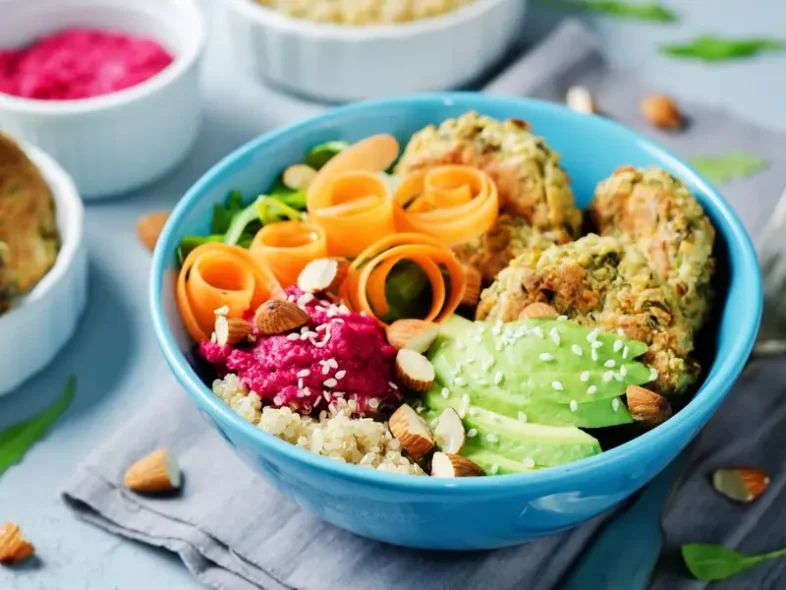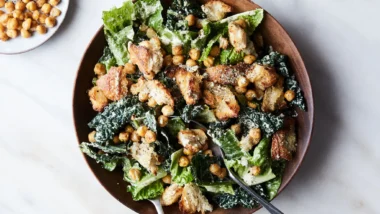Cutting calories doesn’t mean cutting flavor—or satisfaction. In fact, if you’ve ever tried to eat lighter and ended up hungry an hour later, you’re not alone. That’s because the key to making low calorie meals that actually work is focusing on balance, not deprivation. In this post, you’ll learn how to build light, nutrient-rich meals that leave you full, energized, and craving-free.
Low calorie meals aren’t about eating less—they’re about eating smarter.
What Counts as a Low Calorie Meal?
Briefly define it (e.g. meals under ~500–600 calories) and explain how portion size, cooking method, and ingredients affect total calories.
5 Core Strategies for Making Low Calorie Meals
Load Up on Non-Starchy Veggies
Vegetables like zucchini, spinach, peppers, and cauliflower add bulk, fiber, and nutrients—without adding many calories.
Choose Lean Proteins
Chicken breast, turkey, tofu, egg whites, and seafood are great options for keeping meals satisfying.
Cook Smart (Not With Butter)
Use baking, grilling, steaming, or air frying instead of deep frying or pan-frying in oil. Use sprays or broths as alternatives.
Use Flavor Boosters Without the Calories
Citrus juice, fresh herbs, spices, vinegar, and mustard can elevate your dish without adding fat or sugar.
Watch Hidden Add-Ons
Dressings, sauces, and cheese can turn a low calorie meal into a high one fast. Measure consciously and choose light versions when needed. Want something sweet that won’t undo your progress? Check out our low calorie desserts for guilt-free treats that satisfy without the sugar overload.
In fact, the CDC offers tips that align with many of these strategies—like watching portion sizes, reducing added fats, and loading up on veggies.
Example Low Calorie Meal Combos
- 🥗 Grilled chicken + roasted broccoli + sweet potato mash
- 🥣 Quinoa bowl with cucumbers, chickpeas, tomatoes & lemon dressing
- 🍳 Egg white omelet with mushrooms, spinach, and a slice of avocado toast
Final Tips for Making Low Calorie Meals More Satisfying
- Add fiber (beans, lentils, whole grains)
- Hydrate while eating (your brain misreads thirst as hunger)
- Eat slowly and mindfully



